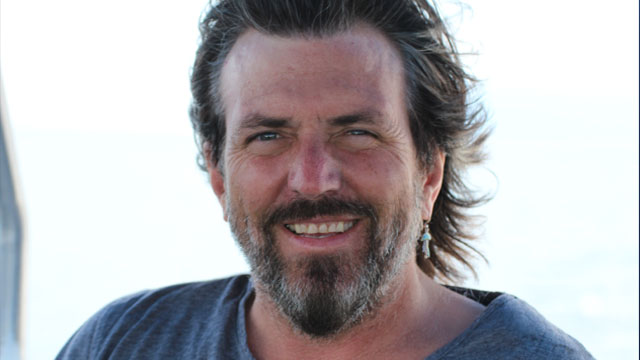What's Changed in Microbiology Over the Past Decade?
Forest Rohwer, PhD, is a professor in the Department of Biology at San Diego State University. He is a fellow of the American Academy for Advancement of Science (AAAS), American Academy of Microbiology
(AAM), and Canadian Institute for Advanced Research (CIFAR). He led the development of viromics,” which involves isolating and sequencing the RNA/DNA from all the viruses in a sample. From this data, it is possible to determine what types of viruses are present and what functions they are encoding. Dr. Rohwer uses viromics to study ecosystems ranging from coral reefs to the human body and has shown that most genomic diversity on the planet is viral. Dr. Rohwer has published more than 150 peer-reviewed articles, was awarded the International Society of Microbial Ecology Young Investigators Award in 2008, and is listed as one of the World’s Most Influential Scientific Minds (Thomson Reuters 2014).

In the past decade the real amazing changes have taken place in sequencing and microscopy. When I set up my lab at SDSU in 2001, people did not believe that sequencing would be important in microbiology, and so it was very hard to get funding for sequencing. Today that issue does not exist. In microscopy, the improvement in resolution and the ability to look at live samples have been big steps forward. The optics have improved dramatically, but more important, the software to analyze the images, such as for deconvolution, has really changed everything. The tomography methods associated with electron microscopy, the twophoton confocal microscopy, imaging mass spectrometry, and other breakthroughs have really changed how we look at things in environmental microscopy.
Previously we used to just grab samples and bring them back for analysis and find out a year later what it is we were sampling. That’s really changing. We now take microscopes with us and do sequencing out in the field, and it’s like having a sophisticated lab in the middle of nowhere. Having customized equipment helps us adapt when we are in the field and set up the sampling.
The other change is in the cross-disciplinary nature of microbiology. A lot of microbiologists these days are trained in a broad range of topics and are really good at thinking about the biogeochemistry of the systems they are working on. For instance, people studying hot springs use those findings to see how the oceans work, and people studying oceans try to find an impact on the human system. So it’s become an extremely interdisciplinary field. The tools that people are using are also changing. Today a graduate student in my lab will do field work to collect samples and will learn how to sequence a genome and how to use bioinformatics and statistical tools to analyze the data.
I do not make big investments in the lab. I tend to support the core facilities and let them do what they are good at. I focus on investing in my core research and expertise, such as on the core technologies that are needed to process the samples. It is very underappreciated, but having the right microscopes to take to the field and processing the right nucleic acids from your sample are what’s most important. I rely on the support of the core facilities for everything else and build a collaborative research environment.
